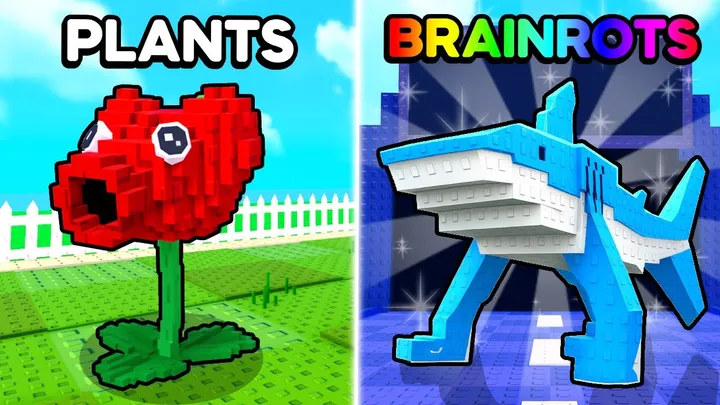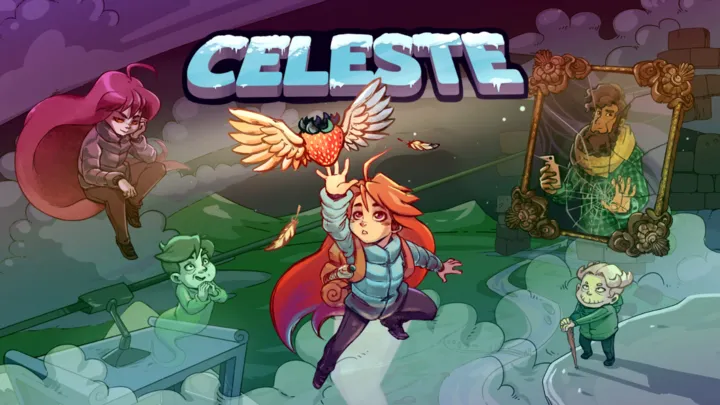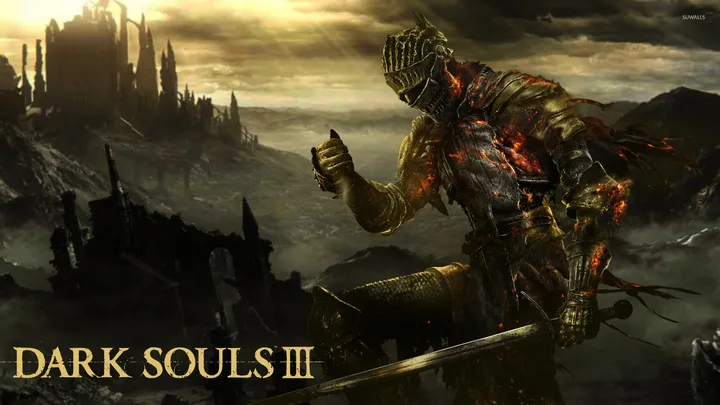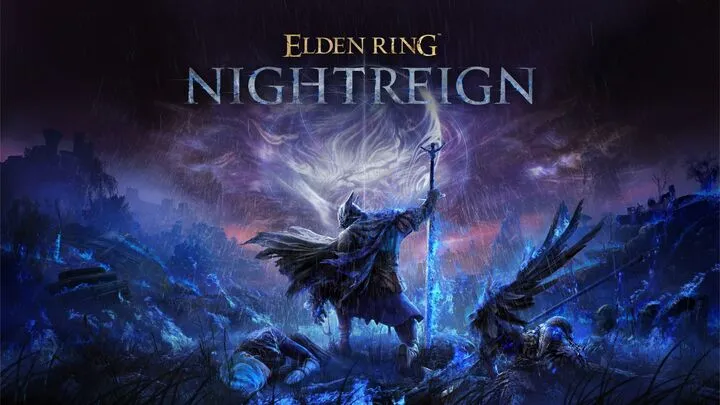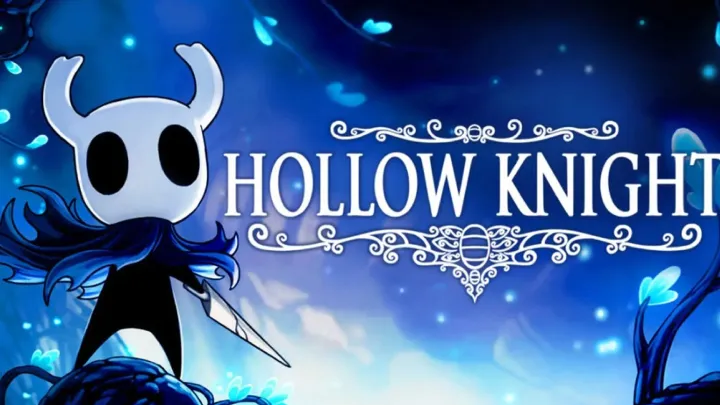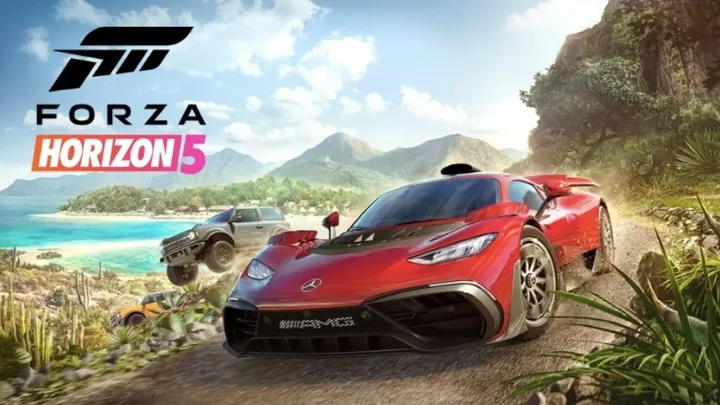Top Iconic Games Every Gamer Should Play
Video games have long transcended their original purpose as fleeting pastimes, evolving into a powerful cultural medium that rivals film, literature, and music in influence. Across decades, the gaming industry has witnessed countless titles that entertained audiences, pushed boundaries, and challenged expectations. Yet, within this ever-expanding library, certain games stand above the rest—titles so iconic that every gamer, regardless of background or platform, should experience them at least once in their lifetime. These games are not merely products of their time but pillars of gaming history that shaped how we play, connect, and even think about interactive entertainment.
To be considered iconic, a game must achieve more than commercial success. It must leave a lasting legacy, inspire new generations of players and developers, and, above all, capture the imagination in a way that feels timeless. In this exploration, we journey through ten of the most iconic video games that every gamer should play. From simple puzzle mechanics to sprawling open worlds, these masterpieces demonstrate the diversity, creativity, and enduring magic of gaming.
1. Tetris – The Pure Essence of Play
If one were to pick a game that embodies the very soul of gaming, Tetris would be at the top. Created in 1984 by Alexey Pajitnov in the Soviet Union, this puzzle game challenged players to arrange falling tetromino blocks into neat lines. It required no narrative, no extravagant graphics, and no advanced technology. Its genius lay in its simplicity—a puzzle that anyone, regardless of age or language, could immediately understand yet struggle to master.
Tetris became the ultimate universal game, reaching its pinnacle with the Game Boy bundle in 1989. Suddenly, millions carried this puzzle in their pockets, playing during commutes, school breaks, and late-night sessions under the covers. For many, Tetris was their first encounter with handheld gaming, sparking a lifelong love for interactive entertainment.
Beyond its addictive loop, Tetris defined an entire philosophy of gaming: that mechanics matter more than presentation. It taught players patience, spatial awareness, and the strange satisfaction of clearing four lines in a single move. Decades later, Tetris remains relevant with variants like Tetris Effect and competitive modes in esports arenas. If gaming is about pure play, then Tetris is its truest form.
2. Super Mario Bros. – The Hero Who Saved Gaming
No list of iconic games is complete without Super Mario Bros. Released in 1985 for the NES, Mario’s debut side-scrolling adventure became the blueprint for platformers and resurrected the gaming industry after the 1983 crash. Suddenly, games weren’t just about high scores; they were about worlds, characters, and journeys.
Guiding Mario through the Mushroom Kingdom, players discovered hidden blocks, warp pipes, and the thrill of mastering jumps. It felt magical because it was consistent and fair—players failed because of their mistakes, not poor design. That fairness made it endlessly replayable.
Culturally, Mario became a mascot not just for Nintendo but for video games themselves. His red cap and cheerful demeanor are as recognizable as Mickey Mouse or Superman. The influence of Super Mario Bros. is still alive today, as countless platformers draw from its design. For many, it was their first video game, and for the industry, it was proof that games could be both commercial hits and cultural icons.
3. The Legend of Zelda: Ocarina of Time – An Epic Redefined
When The Legend of Zelda: Ocarina of Time released in 1998 on the Nintendo 64, it was hailed as revolutionary. Players stepped into Link’s boots to explore Hyrule, battling monsters, solving puzzles, and uncovering an epic tale. For the first time, many experienced a world that felt alive—sprawling landscapes, dynamic day-night cycles, and characters with real depth.
The Z-targeting system introduced a new way to manage combat in 3D, while dungeons tested both intellect and reflexes. Yet it was the emotional resonance of the story—the bond with Epona, the haunting melodies of the ocarina, and the confrontation with Ganondorf—that left players spellbound.
Even decades later, Ocarina of Time remains a benchmark for adventure design. It inspired not only future Zelda titles but also countless RPGs and open-world games. To play it is to step back into a moment when gaming took its boldest leap into 3D storytelling. Every gamer should experience it, not just as history, but as a journey that still holds its magic.
4. Final Fantasy VII – A Story That Touched the World
In 1997, Final Fantasy VII arrived on the PlayStation and changed what people thought games could achieve. Suddenly, games were not just about action or puzzles but about grand narratives, emotional stakes, and cinematic presentation.
The journey of Cloud Strife and his companions against Sephiroth combined stunning visuals, a sweeping soundtrack, and themes of identity, loss, and environmentalism. Players who witnessed the shocking death of Aerith understood that games could deliver emotional punches as profound as films or books.
The influence of Final Fantasy VII is immense. It introduced RPGs to mainstream Western audiences, cemented the PlayStation’s dominance, and paved the way for games to be recognized as vehicles of serious storytelling. Even today, its remake has reignited passions, showing that its legacy is eternal. Every gamer should experience it, whether in its original polygonal charm or its modern reimagining.
5. Half-Life 2 – The Pinnacle of Immersive Storytelling
By 2004, first-person shooters were often about explosions and reflexes. Then Half-Life 2 arrived, offering not just combat but immersion. Players once again stepped into the silent shoes of Gordon Freeman, navigating a dystopian world ruled by the Combine. But what made it iconic wasn’t just shooting—it was how seamlessly the world told its story.
Physics-based gameplay through the Gravity Gun changed how players interacted with environments. Instead of being passive backdrops, objects became tools, weapons, and solutions to puzzles. The pacing was immaculate, mixing quiet exploration with intense firefights.
Half-Life 2 defined what narrative-driven shooters could be. It rejected cutscenes in favor of in-world storytelling, immersing players without ever breaking perspective. Every gamer should play it not only to appreciate its innovations but to witness how design and storytelling can blend into a flawless whole.
6. World of Warcraft – The MMO That Connected the Globe
Few games have reshaped social interaction as profoundly as World of Warcraft. Released in 2004, Blizzard’s massively multiplayer online role-playing game (MMORPG) invited millions into Azeroth, a sprawling fantasy world alive with quests, dungeons, and endless possibilities.
Unlike single-player adventures, WoW thrived on community. Players formed guilds, tackled raids, and forged friendships that often extended into real life. For many, logging into WoW was as much about meeting friends as it was about slaying dragons.
At its peak, the game had over 12 million subscribers, making it the undisputed king of MMOs. But more than numbers, WoW defined a generation by proving that games could be shared worlds where identities, relationships, and communities flourished. Every gamer should experience it, if only to understand the cultural phenomenon it sparked.
7. Minecraft – Creativity Without Limits
Released in 2011, Minecraft demonstrated that graphics don’t define greatness—imagination does. With its blocky landscapes, it offered players infinite freedom: mine, craft, build, and survive. Unlike linear narratives, Minecraft handed the keys to creativity directly to the player.
Its impact stretched beyond entertainment. Schools used it to teach architecture, programming, and teamwork. YouTube content exploded with Minecraft creations, fueling entire careers for streamers. Its servers birthed countless mini-games, from Hunger Games-inspired battles to elaborate role-playing communities.
For modern generations, Minecraft is not just a game but a cultural sandbox where creativity knows no bounds. Every gamer should try it because it captures the pure joy of shaping worlds from imagination alone.
8. Grand Theft Auto V – The Open-World Benchmark
Few games embody ambition like Grand Theft Auto V. Released in 2013, Rockstar’s magnum opus offered Los Santos, a vibrant, sprawling city filled with crime, humor, and freedom.
The three-protagonist system—Michael, Franklin, and Trevor—delivered narrative variety, while the sheer scope of activities kept players engaged for years. From heists to golf, car chases to stock trading, it blurred the lines between game and life simulator.
Then came GTA Online, transforming Los Santos into a living social hub where millions could race, rob, and role-play together. Its longevity and influence are unmatched. For anyone curious about the peak of open-world design, GTA V is an essential experience.
9. The Legend of Zelda: Breath of the Wild – Redefining Exploration
In 2017, Breath of the Wild reimagined the open-world genre. Rather than overwhelming players with icons and objectives, it emphasized freedom, discovery, and experimentation.
Climb any mountain, cook any meal, glide across vast fields, or tackle challenges in your own order—the world responded to curiosity rather than restricting it. This design philosophy inspired countless imitators but few equals.
Every gamer should experience Breath of the Wild to understand the joy of exploration in its purest form. It reminded us that wonder, not checklist completion, is what makes open worlds magical.
10. The Witcher 3: Wild Hunt – A Masterclass in Narrative Depth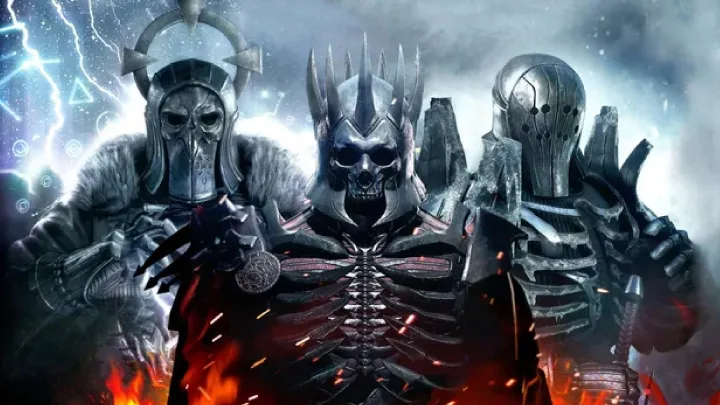
Released in 2015, The Witcher 3: Wild Hunt is widely hailed as one of the greatest RPGs ever made. Players guided Geralt of Rivia through war-torn lands, balancing monster hunting with personal quests of love and family.
What set it apart was its narrative complexity. Side quests weren’t filler; they were richly written stories with moral dilemmas and emotional weight. Combined with breathtaking visuals and an expansive world, it became the definitive modern RPG.
For gamers seeking a blend of storytelling, world-building, and player choice, The Witcher 3 is essential. It showed how deeply games can immerse us in worlds where choices truly matter.
Conclusion
From the simplicity of Tetris to the sprawling complexity of The Witcher 3, these iconic games represent the evolution of gaming across generations. They defined eras, shaped industries, and, most importantly, created experiences that linger in memory long after controllers are set down.
To play them is to trace the history of gaming itself—a journey of creativity, innovation, and humanity’s endless desire to play. For every gamer, these are not just recommendations but essential experiences that showcase why video games matter.
